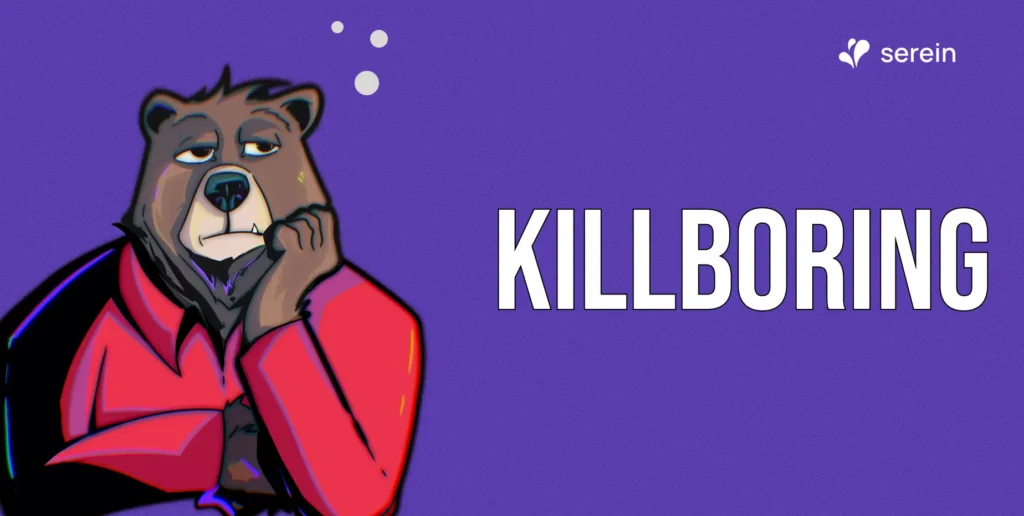A recent global survey conducted by Ipsos in April – May 2021 states the following about India:
“24% in India were unable or unwilling to define their sexual orientation”;
“17% identified as homosexual/bisexual/pansexual/asexual”. That is close to 23,12,00,000 people.
Over 200 million people identify with sexual orientations beyond the “norms”. That is quite a lot of people leading their lives ‘outside the binary gender boxes’ isn’t it? While under different circumstances, living outside the box is a wonderfully exquisite thing to do, we do not give the same benefit to the queer community.
While having a conversation about Pride Month and its consequences with a less-than politically correct friend of mine, I realized that quite often, people are unaware of the fundamental information associated with the LGBTQIA+ community itself. It is assumed that the information is very difficult to understand.
To help with this, let’s start with the very basics
The basics of LGBTQIA+
Most people know that LGBTQIA+ stands for Lesbian, Gay, Bisexual, and Transgender respectively, but there are many other terms used by people who more often than not aren’t aware of their true meaning. The 3 major terms used around conversations of sexuality are sex, gender and sexual orientations. Quite often used synonymously, these words mean very different things that need to be understood.
Sex refers to physical and genetic characteristics an individual is born with. They are then labeled as either male, female, or intersex. While people are aware of the sex binary, not many people know who an intersex individual is. Intersex individuals are those whose genital organs do not resemble or fit into the traditional dimensions of male or female. When people talk about having gender reveal parties, what they actually mean is that they are having sex reveal parties. The biological sex of an individual does not necessarily mean that they identify with the co-terminous gender or that they are heterosexual. The sex of an individual is a guarantee of nothing but their genital organs.
Gender is a social and cultural construct created by society based on the typical characteristics of males and females. While these characteristics were based on behaviours most often exhibited by those sexes, they do not represent every single person. Gender was previously assumed to be a binary. The “Man/Woman” binary went on to change into what is now called the gender spectrum.
Difference between sex and gender
Gender is considered to be a very fluid concept and expecting it to confine itself into a binary is very restrictive. This restriction is also what led to the existence of gender roles which then barrelled onto the patriarchy we try so hard to fight every single day. The gender spectrum is a wonderfully fluid concept that gives people the space and choice to be exactly who they wish to be.
Sexual Orientation is the emotional, physical, romantic, and possibly spiritual attraction to others while “queer” is an umbrella term used to represent everyone whose sexual orientation falls outside the societal “norms”. Initially, this attraction was considered to be binary. Either someone is attracted to men or women. Since gender in itself is a spectrum, assuming sexual orientations won’t be one is contradictory. It is also very different from gender identity. Gender identity tells you who you are while sexual orientation tells you who you are attracted to.
Moving forward
People have evolved and have stopped confining themselves to the gender roles, identities, and orientations prescribed by society. We have realized that these prescribed roles are harmful and constricting. Recognising and attempting to identify the different ways people choose to identify with and express their sexual and gender identities is the right step in the direction of becoming more inclusive.
Serein has worked with companies for a decade to help them create work cultures that are LGBTQIA+ inclusive and resilient. Get in touch with us at hello@serein.in.


